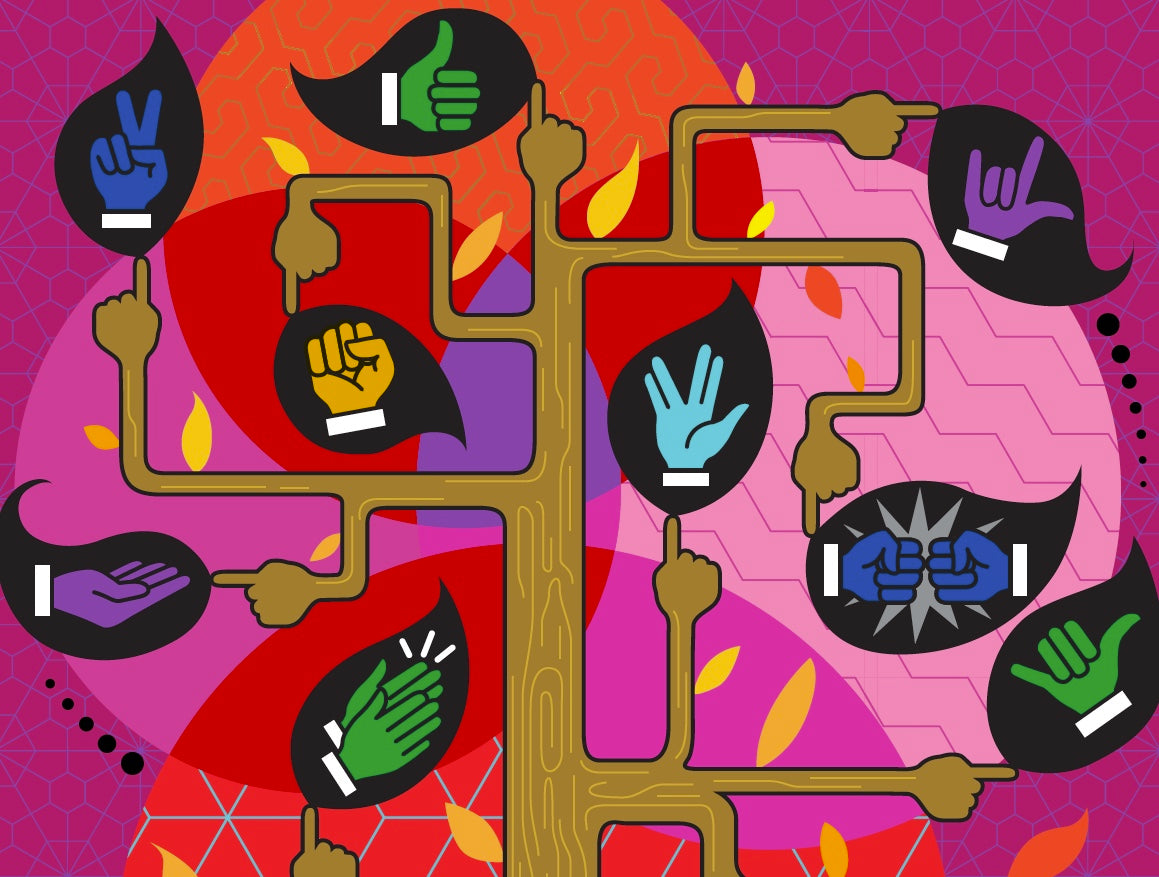
The human wrist is a complex structure that has evolved over millions of years. Our wrists are the bridge between our hands and our arms, and they allow us to perform a wide variety of movements, from grasping and manipulating objects to typing on a keyboard. But what were our wrists originally designed for?
The evolution of the human wrist can be traced back to our primate ancestors, who used their hands for climbing and gripping. As our ancestors began to walk upright, their wrists evolved to support the weight of their bodies and to allow for a greater range of motion. Over time, the human wrist became more specialized, with a greater emphasis on fine motor control and dexterity to create and manipulate tools.
However over the past 50 years our hands and wrists have increasingly been more involved in repetitive movements unlike the millions of years prior. This is why our modern use of the hands and wrist for typing can be problematic. Typing requires a repetitive motion that can strain the muscles and tendons in the wrist, leading to pain and discomfort. The muscles that are most commonly used during typing are the flexor muscles, which control the movement of the fingers and the wrist. When these muscles become overused, they can become inflamed, and can lead to a condition known as carpal tunnel syndrome.
In addition to overuse, poor wrist position can also contribute to wrist pain and discomfort. When we type with our wrists in a flexed position, we put additional pressure on the carpal tunnel, which can compress the median nerve and cause numbness, tingling, and pain.
So why didn't our wrists evolve to type this much? The answer is simple: typing is a relatively new activity in human history, and our bodies have not had enough time to adapt to this modern behavior. As a result, we must take steps to protect our wrists and hands from the strain of typing.
Fortunately, there are several solutions that can help alleviate wrist pain and discomfort. The first is to take frequent breaks while typing. This allows the muscles and tendons in the wrist to rest and recover, reducing the risk of overuse injuries. It's also important to perform tendon glide exercises, which can help keep the tendons and muscles in the wrist flexible and strong.
Finally, using a proper wrist rest can improve wrist positioning and provide additional support during typing. This can reduce the amount of pressure on the carpal tunnel, reducing the risk of carpal tunnel syndrome and other wrist-related injuries.
In conclusion, the evolution of the human wrist has allowed us to perform a wide variety of movements, including typing. However, our modern use of the wrist for typing can lead to pain and discomfort, due to the repetitive nature of the activity and poor wrist positioning. To prevent these injuries, it's important to take breaks, perform tendon glide exercises, and use proper wrist rests to improve positioning and comfort. By taking these steps, we can protect our wrists and hands and continue to enjoy the benefits of our evolved anatomy. If you are experiencing pain, consult a doctor for proper diagnosis and treatment.

